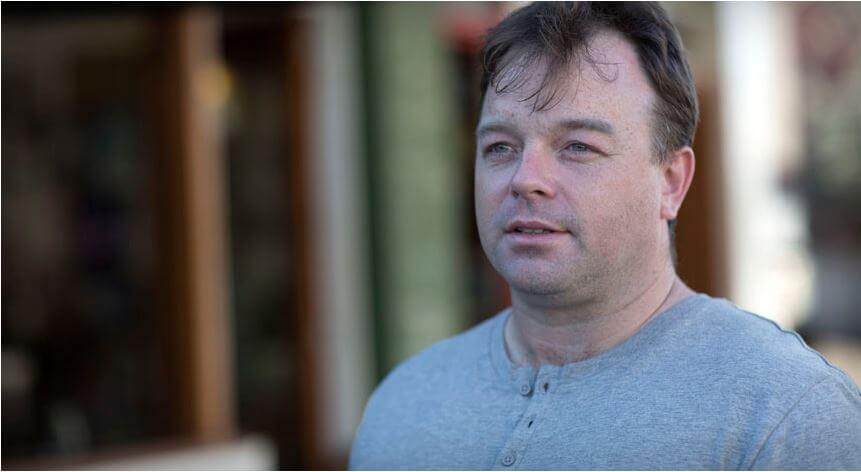References
-
Piper JP, Grunstein RR. Obesity hypoventilation syndrome. (2011) Am J Respir Crit Care Med 183:292-298
-
Parameswaran, K, Todd, DC, Soth, M . Altered respiratory physiology in obesity. Can Respir J. 2006 13(4): 203-210
Africa & Middle East
Americas
Asia Pacific

Left untreated, OHS often results in right-sided heart failure,1 pulmonary hypertension1 and polyglobulia,2 contributing to substantial morbidity and probable early mortality.1 So it’s important to recognise OHS in your patients and get them treated.
Indications for OHS include:
The absence of an alternative cause of hypoventilation is an important criterion for the diagnosis of OHS.
Piper JP, Grunstein RR. Obesity hypoventilation syndrome. (2011) Am J Respir Crit Care Med 183:292-298
Parameswaran, K, Todd, DC, Soth, M . Altered respiratory physiology in obesity. Can Respir J. 2006 13(4): 203-210